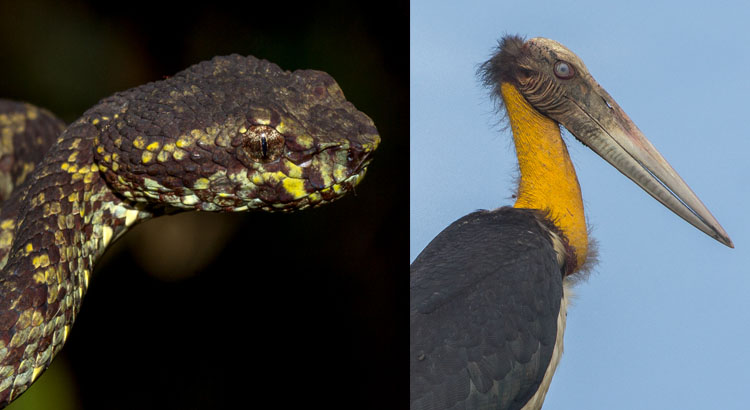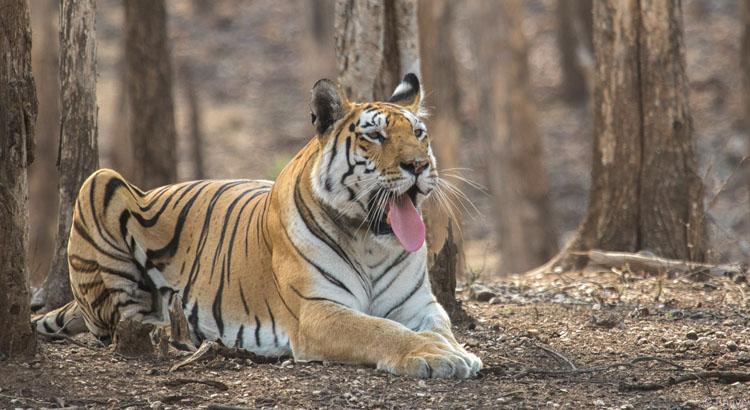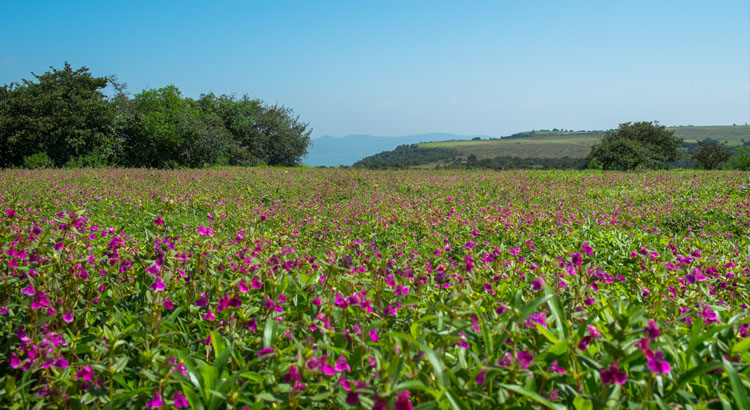Talking about Goa, the first few things that conjure up in the mind are the beautiful beaches, the shining sun, exotic holidays, alcohol (for those inclined towards that) and of course relaxation. I am no different. I had a chance to visit Goa for the first time about 7 years ago for a vacation with my family. Never knew then, that there existed another side to Goa covered with greenery.
The Western Ghats, which form most of eastern Goa, have been internationally recognised as one of the biodiversity hotspots of the world. Western ghats are well known for their rich flora and fauna. According to Wikipedia, Goa’s wildlife sanctuaries boast of more than 1512 documented species of plants, over 275 species of birds, over 48 kinds of animals and over 60 genera of reptiles. Goa has many famous ‘National Parks’, including the renowned Salim Ali Bird Sanctuary on the island of Chorao. Other wildlife sanctuaries include the Bondla Wildlife Sanctuary, Molem Wildlife Sanctuary, Cotigao Wildlife Sanctuary, Madei Wildlife Sanctuary, Netravali Wildlife Sanctuary, and Mahaveer Wildlife Sanctuary.
During the period from 2014 to 2016, I have the privilege of making five visits to Goa (twice during the rains looking for amphibians and reptiles (herping) and thrice during the December – January months for birding).
You arrive at Goa (either at the airport or at Madgaon railway station). You are driven to the far east side of Goa, to the outskirts of Bhagwan Mahaveer Wildlife Sanctuary. After about 15 minutes of driving, you find yourselves surrounded by lush green forest. It is a sight to behold and the weather too is pleasant. Nestled in the middle of the greenery, we arrive at the resort which is one of the best places to stay and explore. Near the resort, we can easily spot Little Spiderhunter, Purple Sunbird, Forest Wagtail, Malabar Hornbill, Vernal Hanging Parrot (the only parrot found in India) and many many varieties of birds during year end. But that is not belittling the rainy season in any way, as we get to see a wealth of amphibians, insects and reptiles.
We also visit Bondla Wildlife Sanctuary, Tambdi Surla, some interior parts of Goa and finally a visit to Zuari River & Maina lake. During the months of December and January, we have 6 sessions of birding in which one can easily see over a hundred species. We also have a night trail to catch a glimpse of nightjars, frogmouths and owls just outside the resort.
During the visit in the rainy season, we get the opportunity to visit Mhadei Wildlife sanctuary. It is an hours drive from our resort as we pass through the scenic beauty of the western ghats. The tracks of Mhadei are full of blood sucking leeches. Anti leech socks are a must-wear during the trail. Walking through the woods while it is raining is a unique experience. The evening trail at Tambdi Surla is fascinating. The thrill of walking in the darkness with humidity, coupled with the pouring rains gives goosebumps and it is definitely a not-to-be-missed experience.
Speciality
A visit to Zuari river is an opportunity to get a glimpse of six species of Kingfishers viz White-throated, Pied, Common, Collared, Black-capped and Stork-billed. Other birds to sight include Osprey, White-bellied Eagle, Greater Crested Tern, Peregrine Falcon. If you are lucky, you will also get to see ‘mugger’ crocodiles.
Our Visits
Feb 2014, Dec 2014 & Dec 2015 for birding
Aug 2014 & 2015 for herping
About Western Ghats
The Western Ghats, spread over six states in western and southern India, cover an area of approximately 165,000 sq. km. They are far more ancient than the larger and better known Himalayas. The Western Ghats forests, rivers, and grasslands contain an extraordinary diversity of species, including rare and threatened species and endemics found nowhere else in the world.
Source: Wikipedia
About Goa
The widest belt of forests along the western ghats is in Goa and neighbouring Karnataka state.
Source: Wikipedia
Planning for wild life tour visit www.wild-india.in


